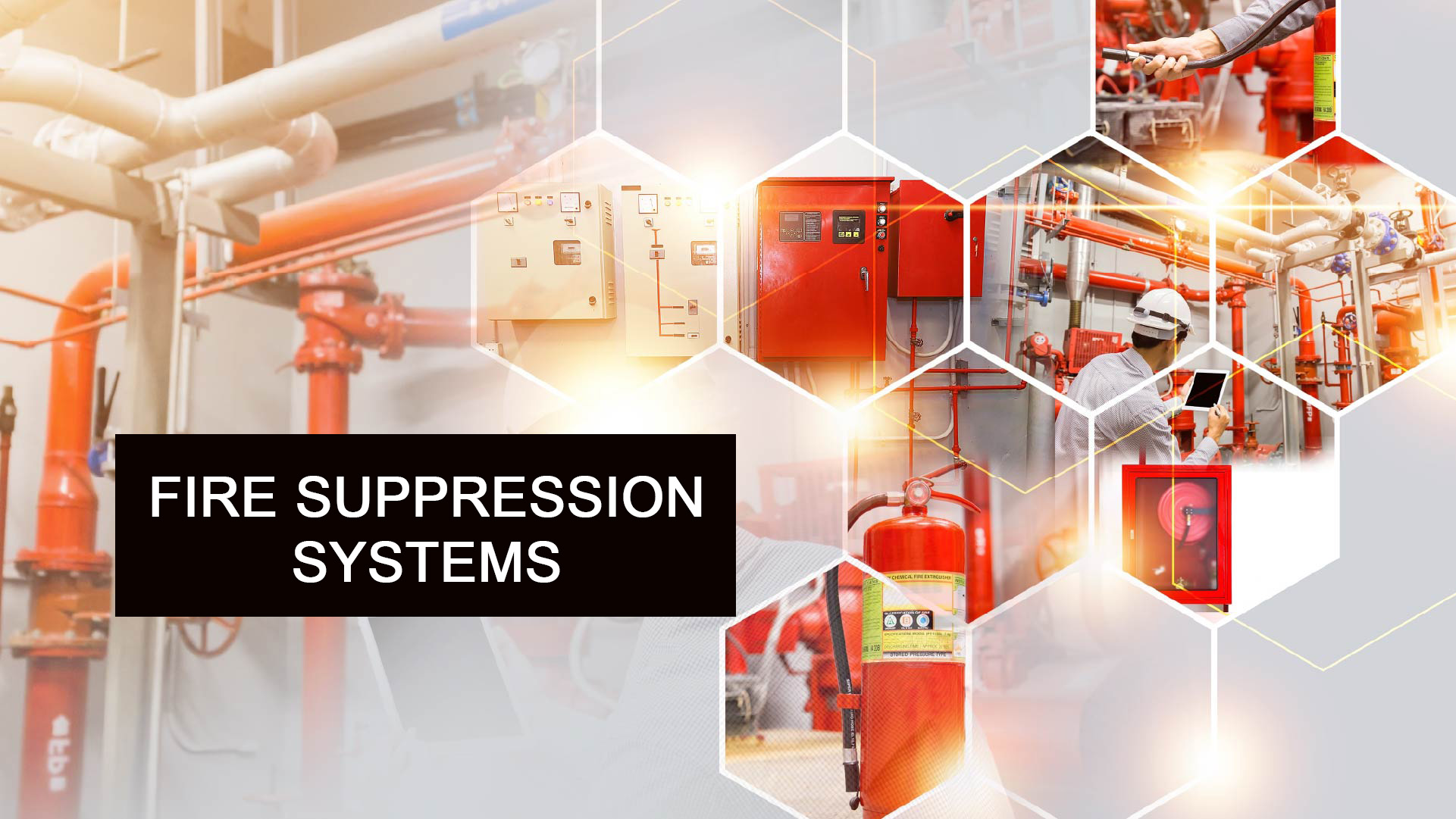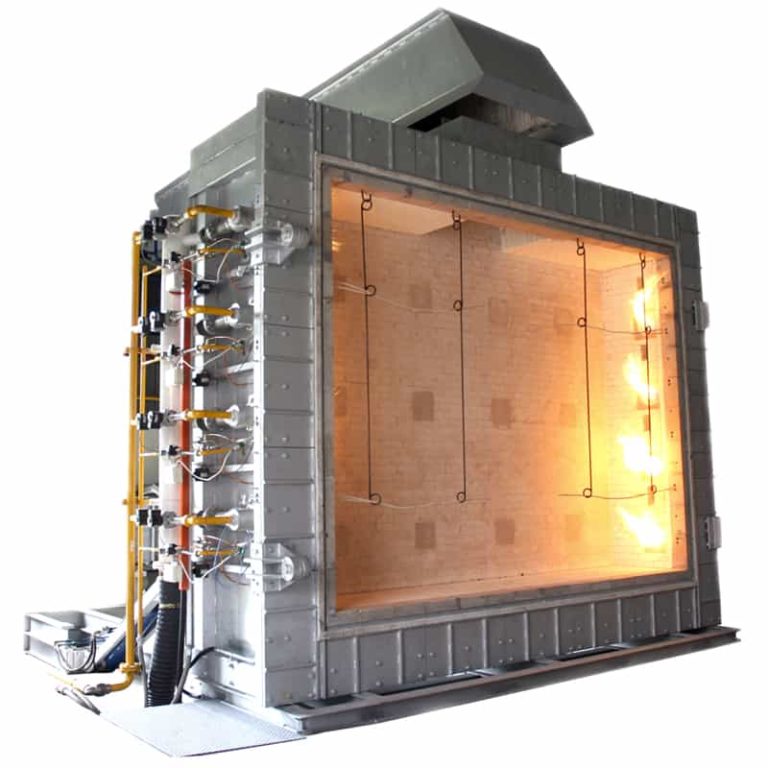




Intumescent paint is a crucial element in the field of fire protection, known for its ability to react in high temperatures by expanding and forming a char-like layer. This layer serves as a protective barrier for steel structures, ensuring their integrity for a set period of time. The primary goal of utilizing intumescent paint in passive fire protection is to allow individuals within a building to evacuate safely.
While steel is a strong and versatile construction material, it becomes compromised when exposed to temperatures exceeding 550ºC. By applying intumescent paint, we can fortify steel structures and provide valuable time for evacuation in the event of a fire.
Achieving the desired fire resistance with a passive fire protection intumescent coating hinges on the precise application of the correct dry film thickness. Utilize the wet-film gauge to accurately measure the wet film thickness, as this will directly correlate to the necessary dry film thickness. In order to ensure optimal heat protection, multiple coats may be required to achieve the total dry coating thickness. It is imperative to follow these guidelines meticulously to guarantee the effectiveness of the fire protection system.
At temperatures exceeding 250°C, the active ingredients contained within the resins undergo a transformative reaction, producing a robust carbonaceous char or foam that boasts exceptional thermal insulation properties. This innovative reaction results in a significant expansion of up to 50 times the original thickness of the coating, maximizing its protective capabilities in the face of fire hazards.

The core components of an effective intumescent fire protection system consist of an organic adhesive, a carbonific substance like penta or di-pentaerythritol, a spumific or blowing agent such as melamine or its derivatives, an acid catalyst source like ammonium polyphosphate, and a char reinforcing pigment. These elements work synergistically to provide superior fire resistance and protect against high temperatures. It is essential to understand and properly utilize each component to ensure maximum effectiveness in fire protection systems.
As temperatures rise, the binder within the material begins to dissolve, while the blowing agent releases gases, leading to controlled expansion. Simultaneously, the carbon backbone decomposes, and the inorganic reinforcing components unite to create a strong char solid.
In the current age of modern commercial construction, the use of exposed steelwork has become a prominent feature in architectural design. Thanks to intumescent coatings, architects and builders are able to incorporate steel into their projects without the need for fire protection boards, all while meeting strict building regulations.
Passive fire protection coatings with intumescent properties provide steel structures with a crucial layer of corrosion defense, superior fire protection, and enhanced visual aesthetics when required.
Over the last ten years, the pneumatic pump stood as the go-to tool for the application of intumescent coatings. Boasting an air motor capable of delivering 4-5,000 psi, this powerhouse required a hefty road compressor clocking in at approximately 150 cfm. Its robust build made it a force to be reckoned with, setting a high standard in the industry.
Due to significant advancements in intumescent fire protection formulas, the amount of coating required and the necessity for highly precise pressure application have been significantly reduced.
In the current market, the application of intumescent coatings has advanced to the point where nearly all coatings can now be easily applied using a compact, self-contained unit powered by either a gasoline engine or an electric motor. This accessible technology streamlines the application process and ensures optimal results.
Protected by Security by CleanTalk